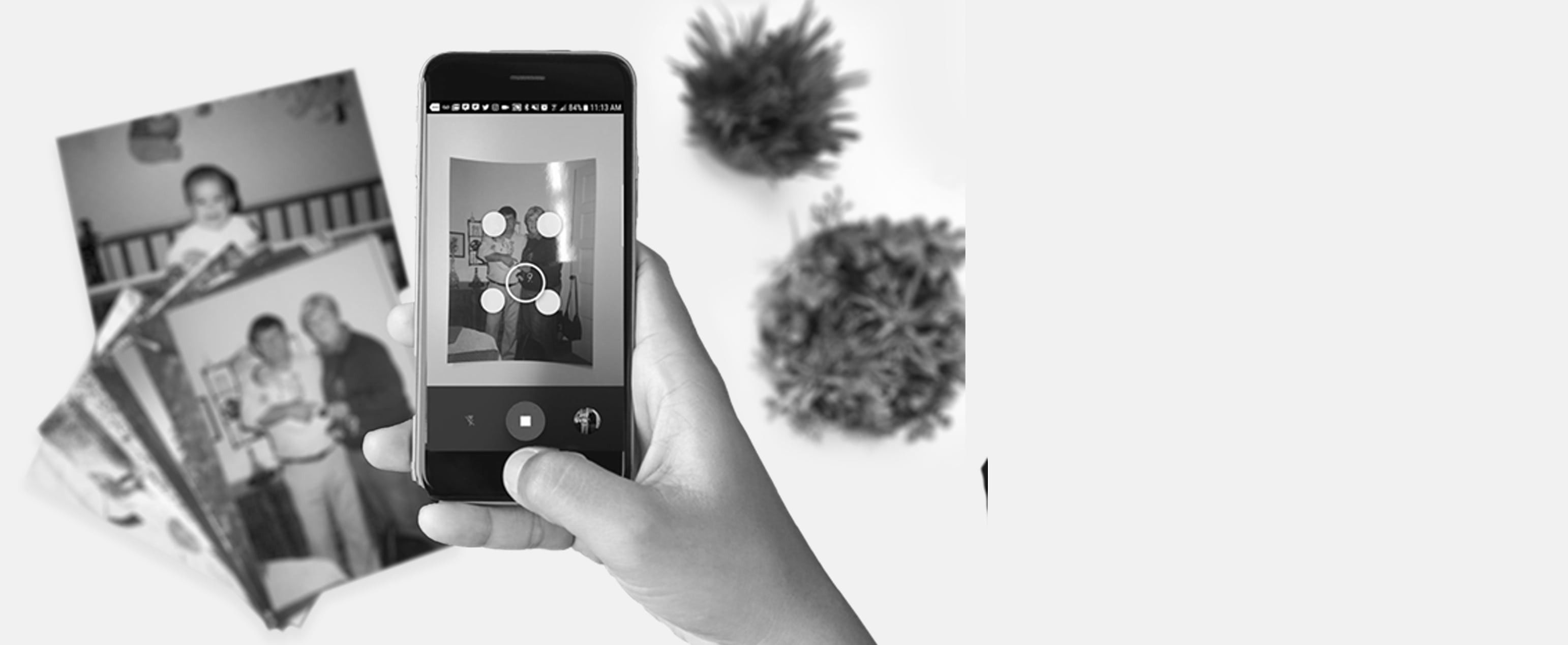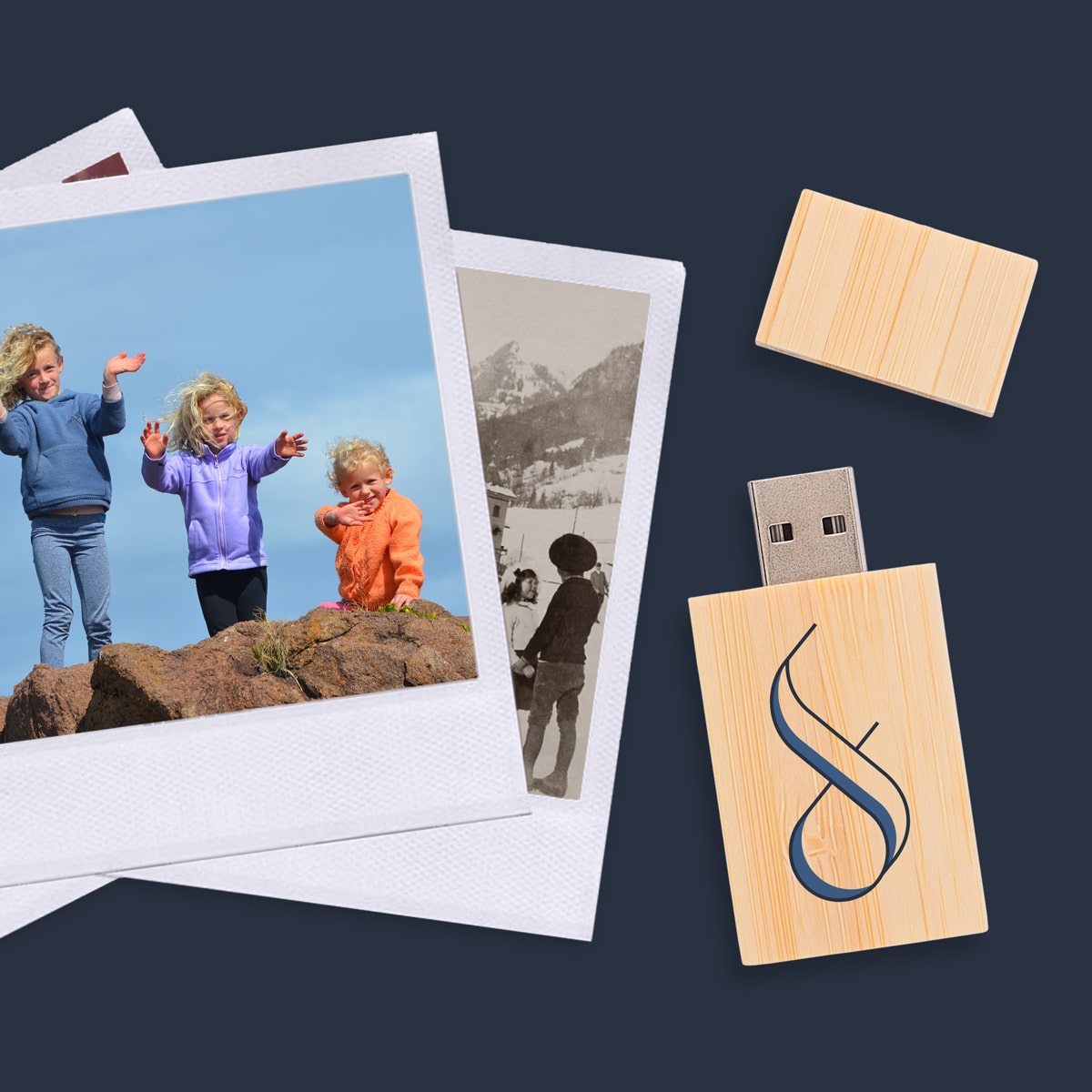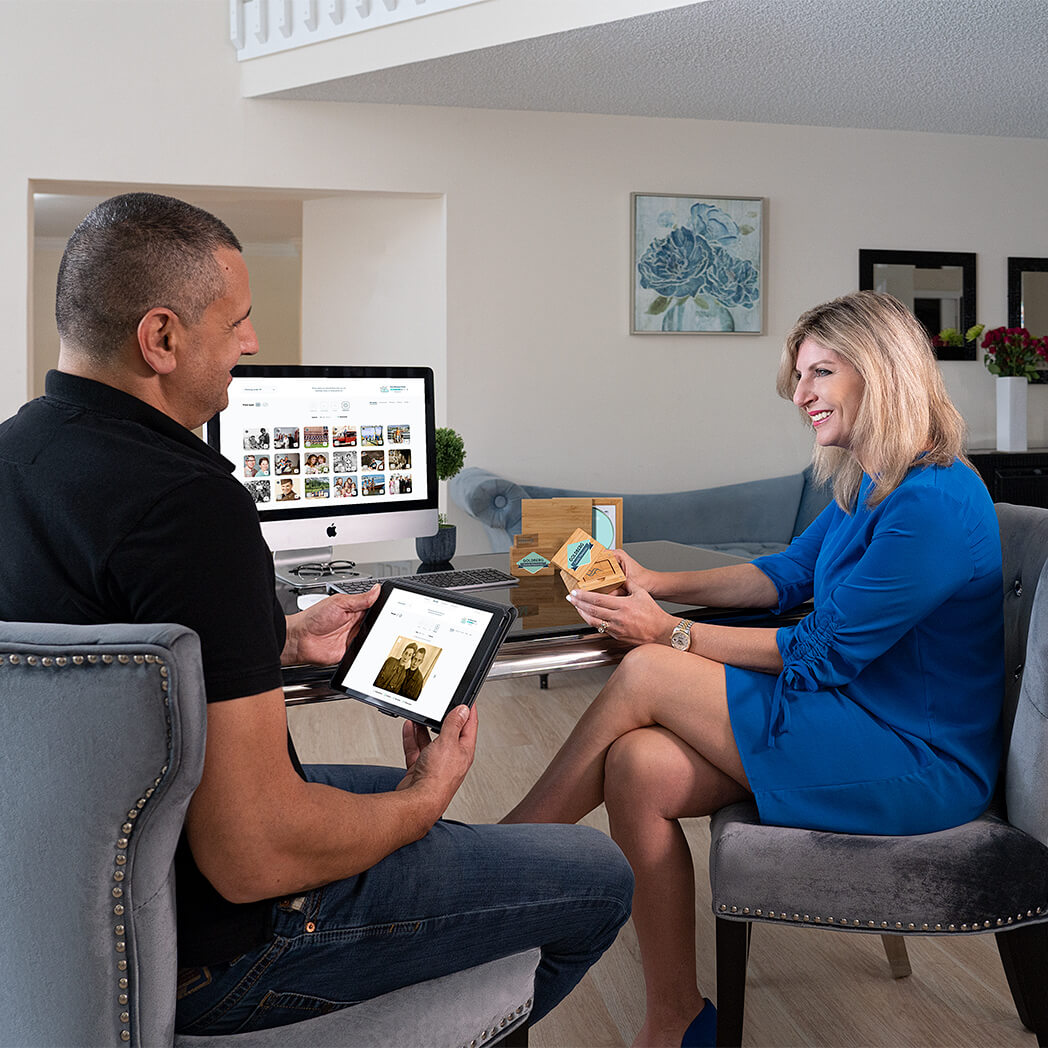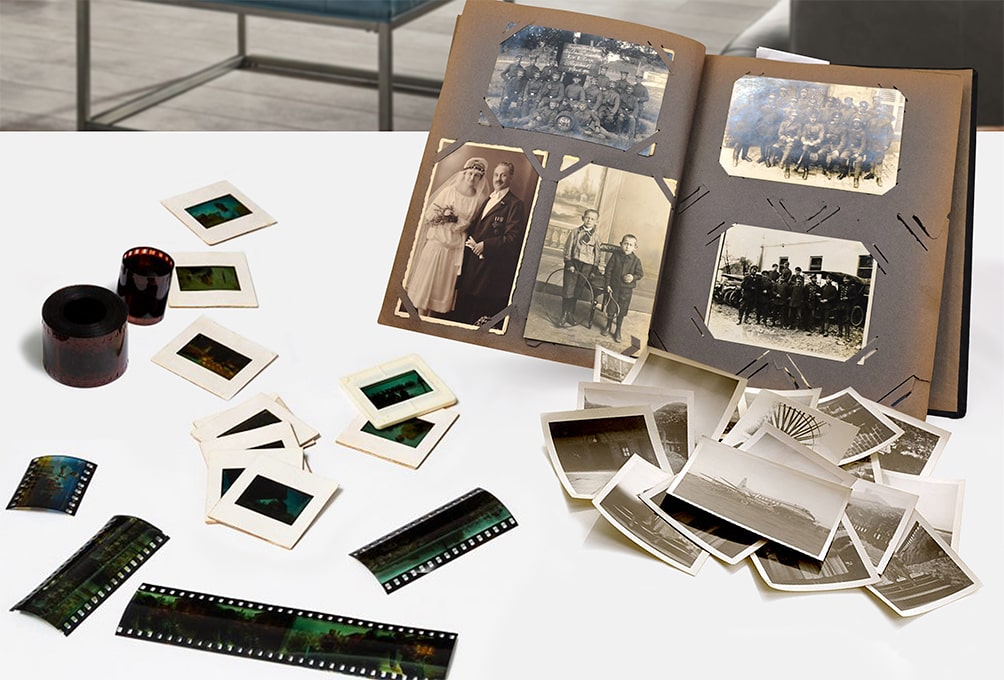Greg E.
Greg is the General Manager of Forever Studios, and leader of the Media Transfer department. He has a background in history and the humanities, and loves the work of media preservation. Check out his articles on historical media and culture.

Greg is the General Manager of Forever Studios, and leader of the Media Transfer department. He has a background in history and the humanities, and loves the work of media preservation. Check out his articles on historical media and culture.




